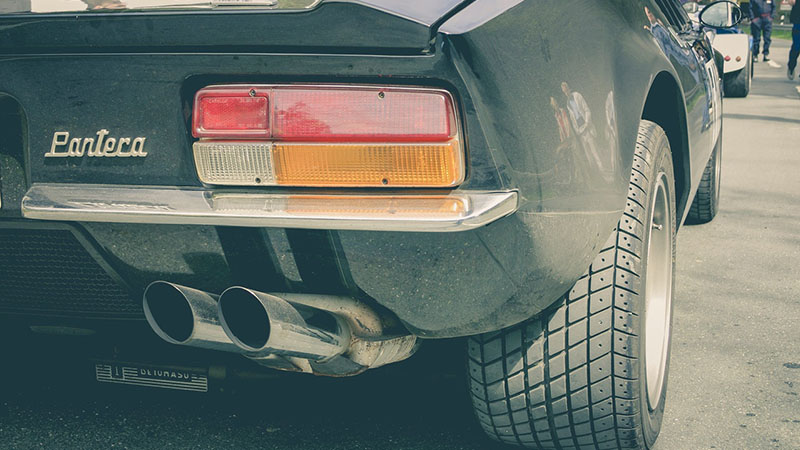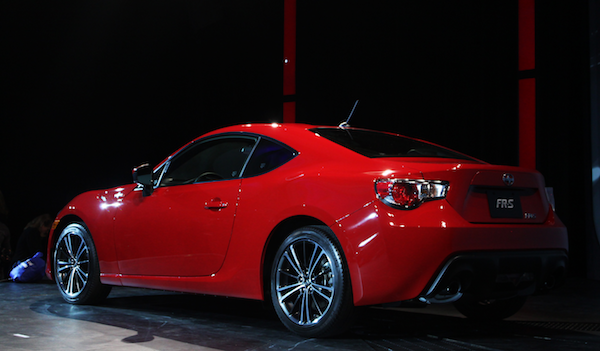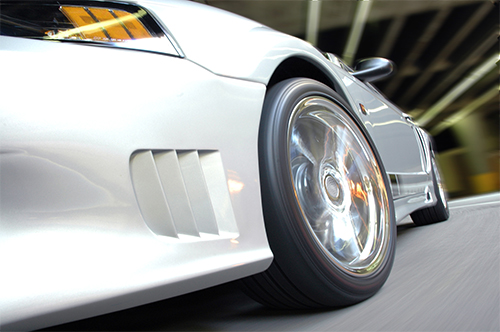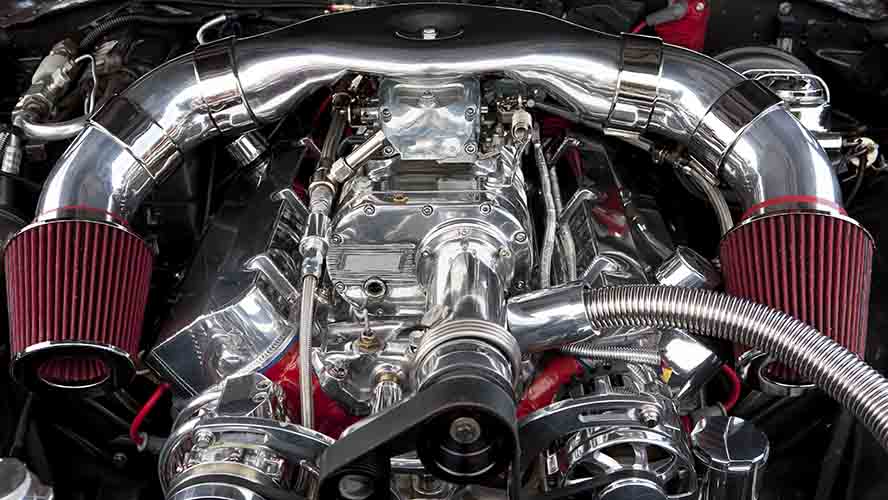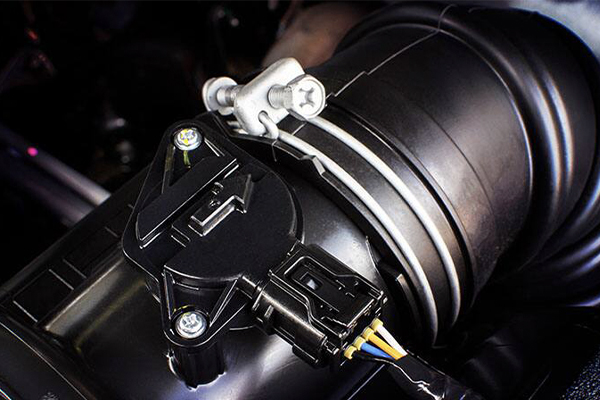Whether it's a truck, a classic muscle car or a four-cylinder coupe, exhaust modifications are one of the most popular tweaks enthusiasts love to perform. Chances are there were guys with Model Ts doing the same thing 100 years ago, just to make the ladies blush as they drove by.
There's something about a little rumble from the tailpipe (or maybe louder than just a rumble) that feels good when you're headed down the highway. It's exciting and compelling, and it's something that personalizes your vehicle and sets it apart from all the identical rides on the road.
There are some definite pluses and minuses to exhaust mods, though, and you should know what you're getting into when you're contemplating a decision like that.
Source | Markus Spiske | Pexels
The Good Stuff
A muffler is designed with chambers and baffles that trap and bounce sound waves around until they're neutralized. It's really pretty amazing when you think about how loud an un-muffled V8 engine is and then think back to the sound insulation and catacomb-quiet of a 1960s Buick or Cadillac. But then again, it's not surprising that a muffler is stifling exhaust flow (you can find out more about the different designs of mufflers here).
1. Reduced Restriction
Your engine needs to breathe, from the point where air enters the fuel system through the manifold, valves and combustion chambers, all the way to where the exhaust leaves the tailpipe. A free-breathing exhaust means less restriction and back pressure, which (in many cases, at least) can enhance horsepower, torque, throttle response and acceleration. After all, back in the 60s and 70s, a set of cherry bombs or glass-packs was an easy bolt-on way to squeeze some more horsepower out of your ride.
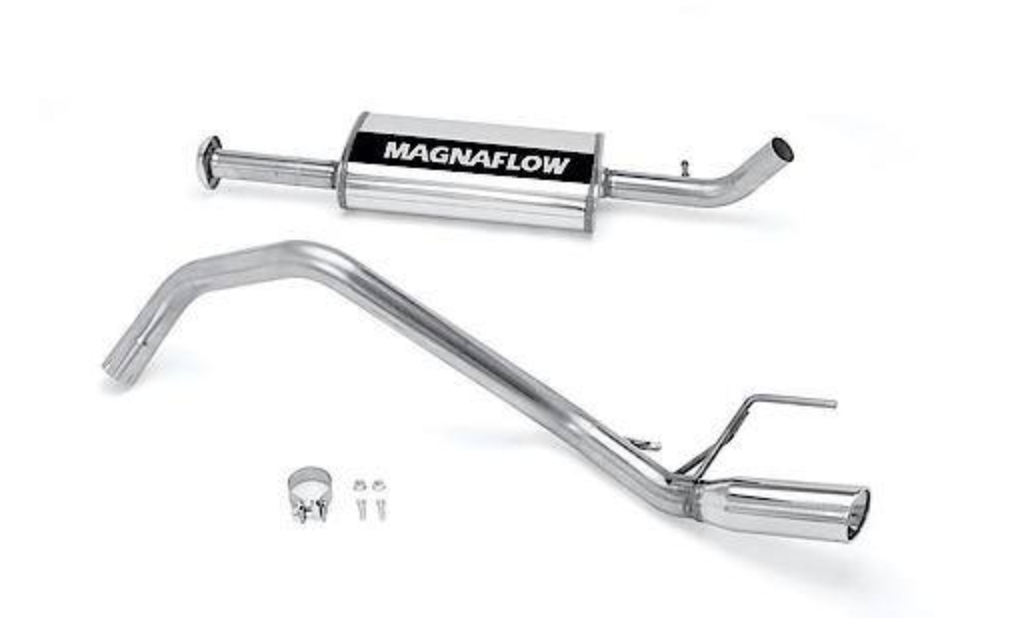
MagnaFlow Performance Exhaust | Advance Auto Parts
2. Performance Catalytic Converter
If you're going for a less-restrictive exhaust for more power and performance, consider replacing the catalytic converter as well. Do not remove the cat and just go with a straight pipe to replace it. That's against the law and is likely to result in several trouble codes being stored in your car's engine computer, since the cat is part of the complete emissions package. Low-restriction performance cats are available and can help you squeeze out a few more ponies. Just remember that a high-performance catalytic converter with a ceramic core is likely to have a lower melting point. That can be a consideration, especially if you've got a supercharged, turbocharged or nitrous-enhanced engine.
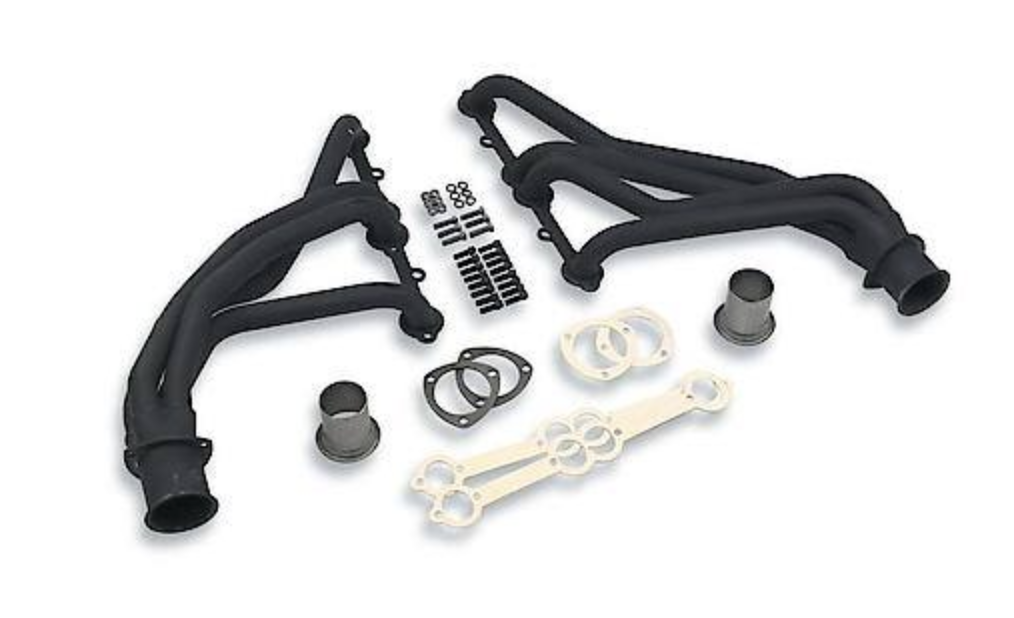
Flowtech Exhaust Headers | Advance Auto Parts
3. Headers
If you really want to go all-in on exhaust mods, you can install headers. Exhaust headers route the gases from each cylinder's exhaust port into a separate tube, and they all converge at a collector which is then bolted to the exhaust pipe(s). Headers provide a much less restrictive exhaust, but installation can get a little hairy depending on the vehicle. You may have to pull the starter, pull a couple of other parts and even undo the motor mounts and jack the engine up a bit to get clearance. If you install headers, you'll also probably need to install a heat shield so the starter doesn't get cooked.
4. That Sound, Though
You get that cool exhaust note. 'Nuff said on that.
The Not-So-Good Stuff
1. Too Much of a Good Thing
We know you love that exhaust note — we do, too. But we grudgingly admit it is more noise to annoy your neighbors. And that exhaust drone can get a bit old on a six-hour trip, right? That doesn't have to be the case, though — exhaust kits are available to custom-tune your exhaust to the note you prefer. Flowmaster and Dynomax mufflers in particular are available in low-restriction designs that barely raise the sound level louder than the OEM exhaust.
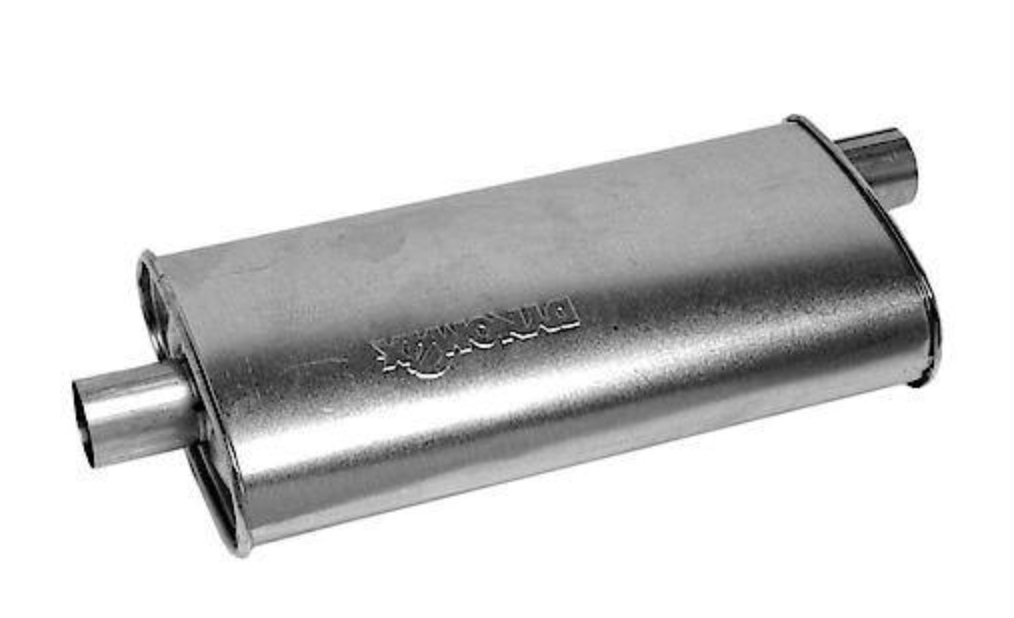
Dynomax offers mufflers with a range of tones, like this moderate one. | Advance Auto Parts
2. A Labor of Love
Depending on your vehicle, installation of an aftermarket exhaust can range from pretty simple to really complicated. If your vehicle is on the "really complicated" end of the scale, you'll be looking at a lot of fancy custom bends, which means a lot of labor hours at the exhaust shop.
3. Taking the Long Route
In cases where there are too many bends and the pipes have to take a circuitous route (for instance, if you want to go from single to custom dual exhaust), you can end up with as restrictive an exhaust path as the stock setup had and little gain in performance. This is especially true when the exhaust has to be routed around a gas tank, as on many older pickups.
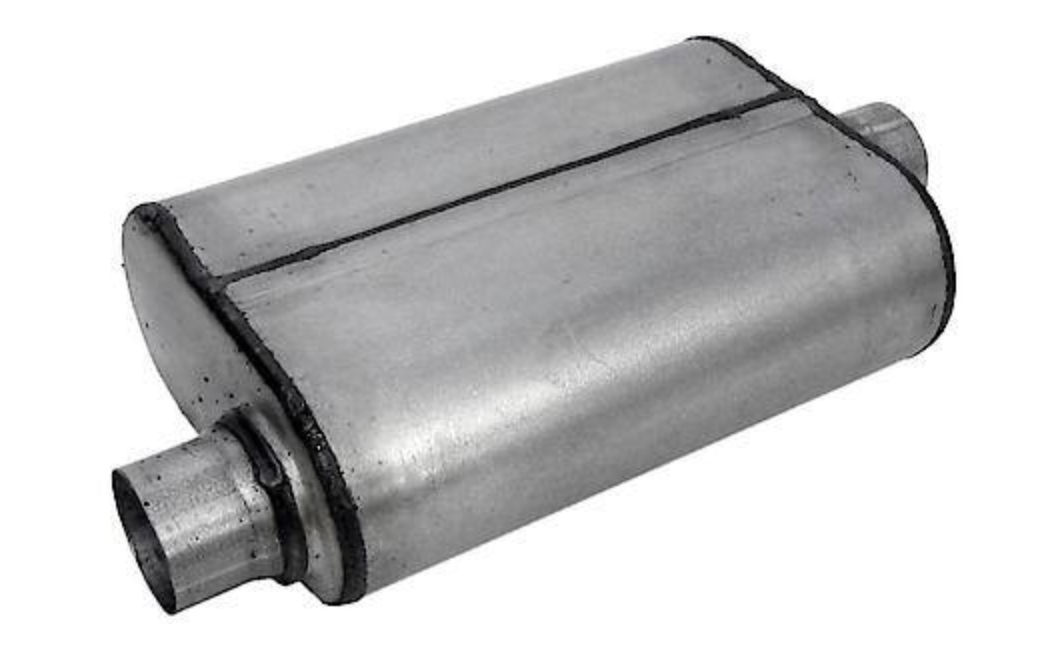
Consider an aluminized or stainless steel muffler like this one from Thrush. | Advance Auto Parts
Listen to Thrush welded here:
4. Consider the Material
Think about what material you want for the exhaust pipes. Coastal salt air and wintertime road chemicals are really hard on an undercarriage, floor pans and exhaust system. A cheap exhaust system with OEM-style mild steel pipes might not hold up without rusting, and you may have to opt for stainless or aluminized pipes.
5. Crushed Dreams
Even the style of bends can make a difference. OEM exhaust pipes often use a "crush bend," which looks like a corrugated or ribbed section of the pipe. The irregularities in the crush bend can slow down and restrict exhaust gases, where a custom mandrel bend is less restrictive.
6. Check Your Warranty
If your vehicle is still under factory warranty, it's a good idea to check and see if exhaust mods will affect warranty coverage.
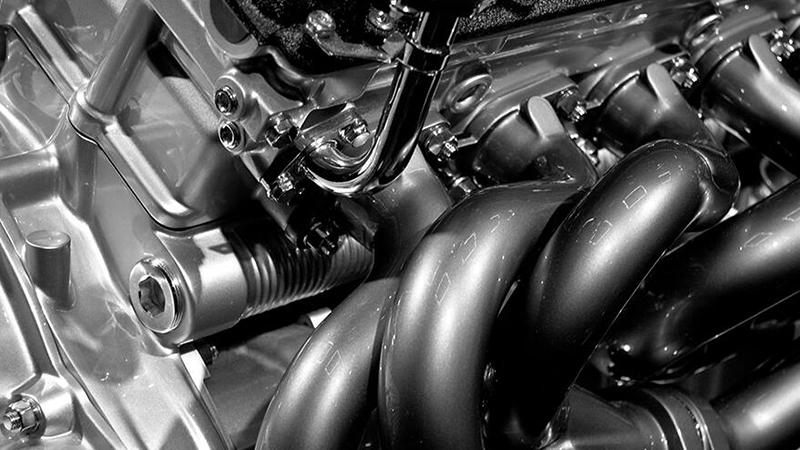
Source | Getty
This isn't meant to scare you off from exhaust mods, though. The good news is that there are complete performance kits available that are custom-designed and engineered for your year/make/model of vehicle and take all these factors into account.
Of course, there's always the option of just bolting on a different muffler and leaving the rest of your exhaust system in OEM trim. You can't really go wrong with that — it's a lot cheaper than replacing the system from the manifold back or from the cat back, and you're likely to see some performance gains in the process. Once you've got the exhaust system you want, you'll be ready to move on to some other performance mods.
Got any stories about your exhaust modifications? Share them in the comments below.
